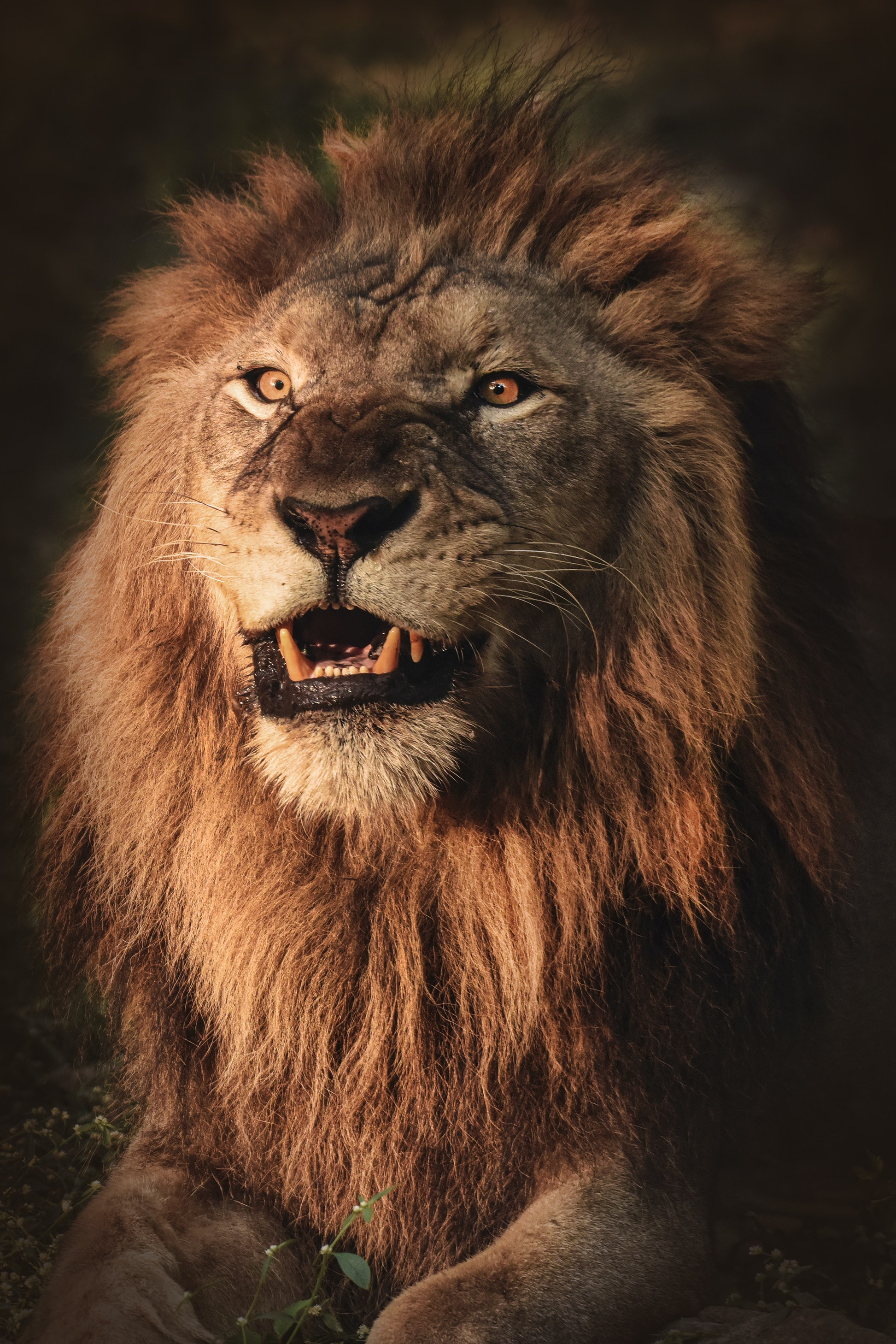In the realm of majestic creatures, lions stand tall as symbols of power, strength, and regality. From their role as apex predators to their deep-rooted cultural significance, there's a wealth of knowledge to uncover about these remarkable animals. International Lion Day is celebrated on the 10th of August every year to raise awareness and garner support for the conservation of lions and their natural habitats. This date holds significance as it commemorates the crucial role that lions play in maintaining the balance of ecosystems and highlights the urgent need for their protection.
Majestic Apex Predators
Lions, often hailed as the "king of the jungle," command respect as apex predators in diverse ecosystems. Their strategic hunting tactics and impressive physical prowess make them a vital part of maintaining the ecological balance in their habitats.
Lion Behavior
Lions exhibit strong social bonds within prides, consisting of related females, their cubs, and a few adult males. Cooperative hunting, grooming, and communal care of young strengthen group cohesion. Males form alliances to defend territories and prides, showcasing intricate social dynamics within the pride structure.
The Mane: A Symbol of Power
The majestic mane of lions symbolizes their strength and dominance. It serves as a visual representation of power, influencing social status and attracting mates. A lion's impressive mane signifies its prowess and authority, commanding respect in the animal kingdom and earning its title as the "king of the jungle."
Lions Across Cultures
Lions hold cultural significance worldwide, symbolizing strength, courage, and majesty. In various cultures, they represent leadership and power, often depicted in art, literature, and folklore. From ancient civilizations to modern societies, lions stand as iconic and revered creatures, embodying both the wild and the regal.
Habitats and Conservation
Lions inhabit diverse ecosystems across Africa and even parts of Asia and Europe. Despite their global range, these majestic creatures face habitat loss and human conflicts. Conservation efforts strive to protect their presence beyond Africa, ensuring the survival of this iconic species across continents.
The Roar: Communication and Dominance
Lions' roar unveils how lions use powerful roars to communicate within prides and assert dominance. Roaring signals territory, bonds, and warns rivals. This primal symphony is key to their survival in the wild.
Lionesses: The Backbone of the Pride
While male lions often take the spotlight, lionesses are the driving force behind the pride's survival. They have remarkable hunting skills, sophisticated strategies, and unwavering dedication to nurturing and protecting their cubs.
Urgency of Conservation
As we commemorate International Lion Day, we must recognize the urgency of lion conservation. The various conservation initiatives aimed at safeguarding these iconic creatures from poaching, habitat degradation, and human-wildlife conflicts.
